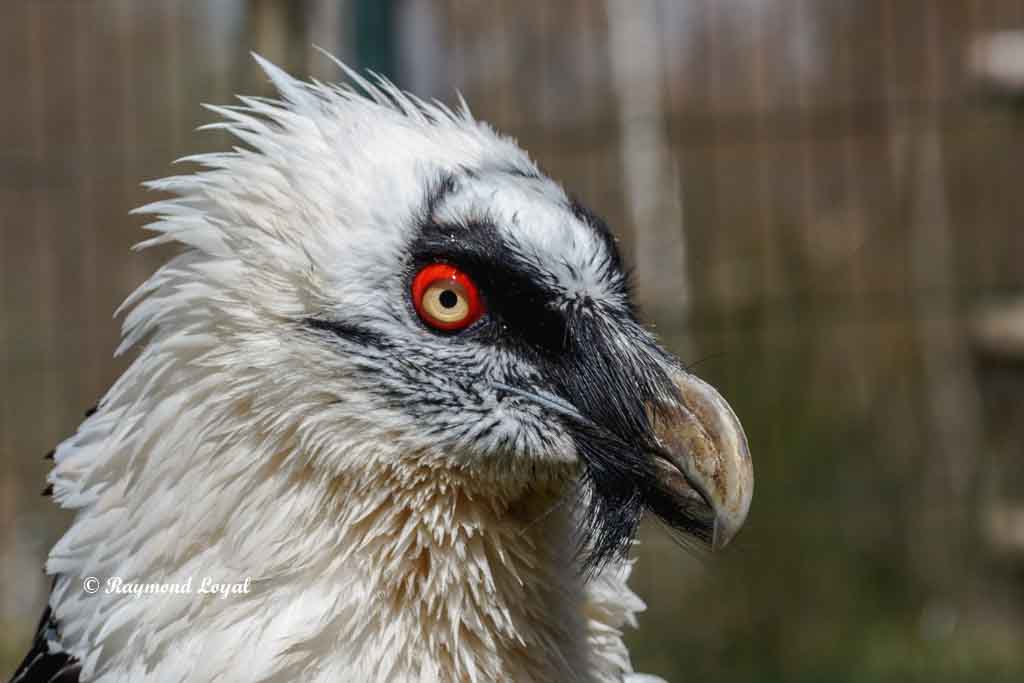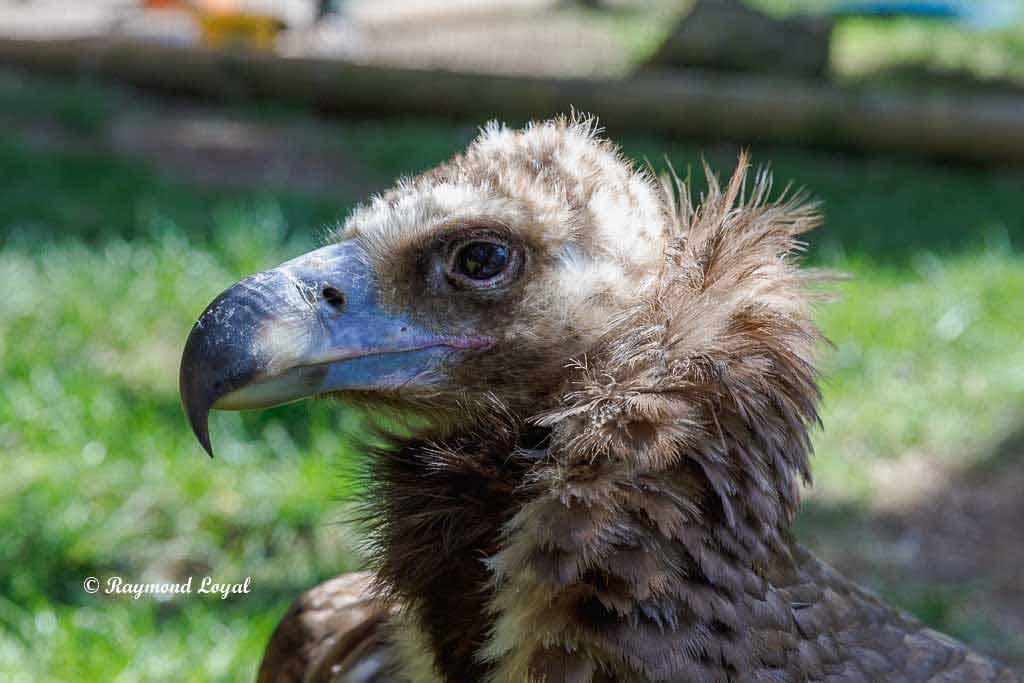Vultures of the World
Introduction - Preliminary Notes
Vultures are the larges birds of prey in the New World and also in the Old World. Because they are so special this page is especially dedicated to them. For Birds of Prey and Falcons please click here.
Vultures and what they have in common
Already upon first sight it is absolutely clear that vultures are birds of prey. The main difference between vultures and all the other birds of prey is not just their enormous size and wingspan but the facts that they are no predators and they do not hunt out of fligt. Vultures feed on carrion and cadaver of medium-sized and large mammals. The extreme long and broad wings prevent vultures from hunting on living prey. The main characteristics, vultures have in common are:
- large and massive birds
- long and broad wings
- long neck, often only scarcely feathered
- most of the species have a ruff of feathers on the neck base
- a rather smallish head
- massive beak
- they are resistant to corpse poison and pathogens
- they are the most expert gliders (updraft gliders)
- they can glide over very long distances without moving their wings at all
If people would let them, vultures would perform a brilliant job as nature's health police simply by completely processing carrions of dead animals. It is interesting to know that vultures can be divided in two groups: the waste collectors (Bearded Vulture and Egyptian Vulture eg) or waste processors (Black Vulture and Griffon Vulture eg.). Increased hygiene standards in livestock farming in Europe almost lead to vultures becoming extinct. Thankfully to some successful programmes on vulture conservaton in Europe, starting in the 1970s, the decline in vulture breedding populations not only could be stopped but lead to populations slowly growing again. Still vultures are amongst the most rare birds of prey species in Europe.
With regard to their native origin vultures are divided into old world vultures and new world vultures. The latter ones are the vultures of American continent (North, Latin and South America). Old world vultures are at home in Europe, Africa and Asia and consists of 16 species in 9 genera, whereas in the Americas there are only 7 species.
Taxonomy of Old World Vultures
Order: Birds of Prey (Accipitriformes)
Familiy: Kites, Old World Vultures, harriers, hawks, buzzards, eagles (Accipitridae)
- Hooded Vulture (Necrosyrtes)
-
- Hooded Vulture (Necrosyrtes monachus)
- Bearded Vulture (Gypaetus)
-
- Bearded Vulture - Lammergeier (Gypaetus barbatus)
- Palmnut Vulture (Gypohierax)
-
- Palmnut Vulture (Gypohierax angolensis)
- Egyptian Vulture (Neophron)
-
- Egyptian Vulture (Neophron percnopterus)
- Griffon Vulture (Gyps)
-
- White-backed Vulture (Gyps africanus)
- White-rumped Vulture (Gyps bengalensis)
- Cape Vulture (Gyps coprotheres)
- Griffon Vulture (Gyps fulvus)
- Himalayan Vulture (Gyps himalayensis)
- Long-billed Vulture - Indian Vulture (Gyps indicus)
- Rüppell's Vulture (Gyps rueppelli)
- Slender-billed Vulture (Gyps tenuirostris)
- Monk Vulture (Aegypius)
-
- Monk Vulture - Cinereous Vulture (Aegypius monachus)
- Lappet-faced Vulture (Torgos)
-
- Lappet-faced Vulture (Torgos tracheliotus)
- White-headed vulture (Trigonoceps)
-
- White-headed Vulture (Trigonoceps occipitalis)
- Red-headed Vulture (Sarcogyps)
-
- Red-headed Vulture (Sarcogyps calvus)
Taxonomy of New World Vultures
Order: Bird of Prey (Accipitriformes)
Family: New World Vultures (Cathartidae)
- Black Vulture (Coragyps)
-
- Black Vulture (Coragyps atratus)
- Turkey Vulture (Cathartes)
-
- Turkey Vulture (Cathartes aura)
- Lesser Yellow-headed Vulture (Cathartes burrovianus)
- Greater Yellow-headed Vulture (Cathartes melambrotus)
- King Vulture (Sarcoramphus)
-
- King Vulture (Sarcoramphus papa)
- Andean Condor (Vultur)
-
- Andean Condor (Vultur gryphus)
- California Condor (Gymnoyps)
-
- California Condor (Gymnogyps californianus)


